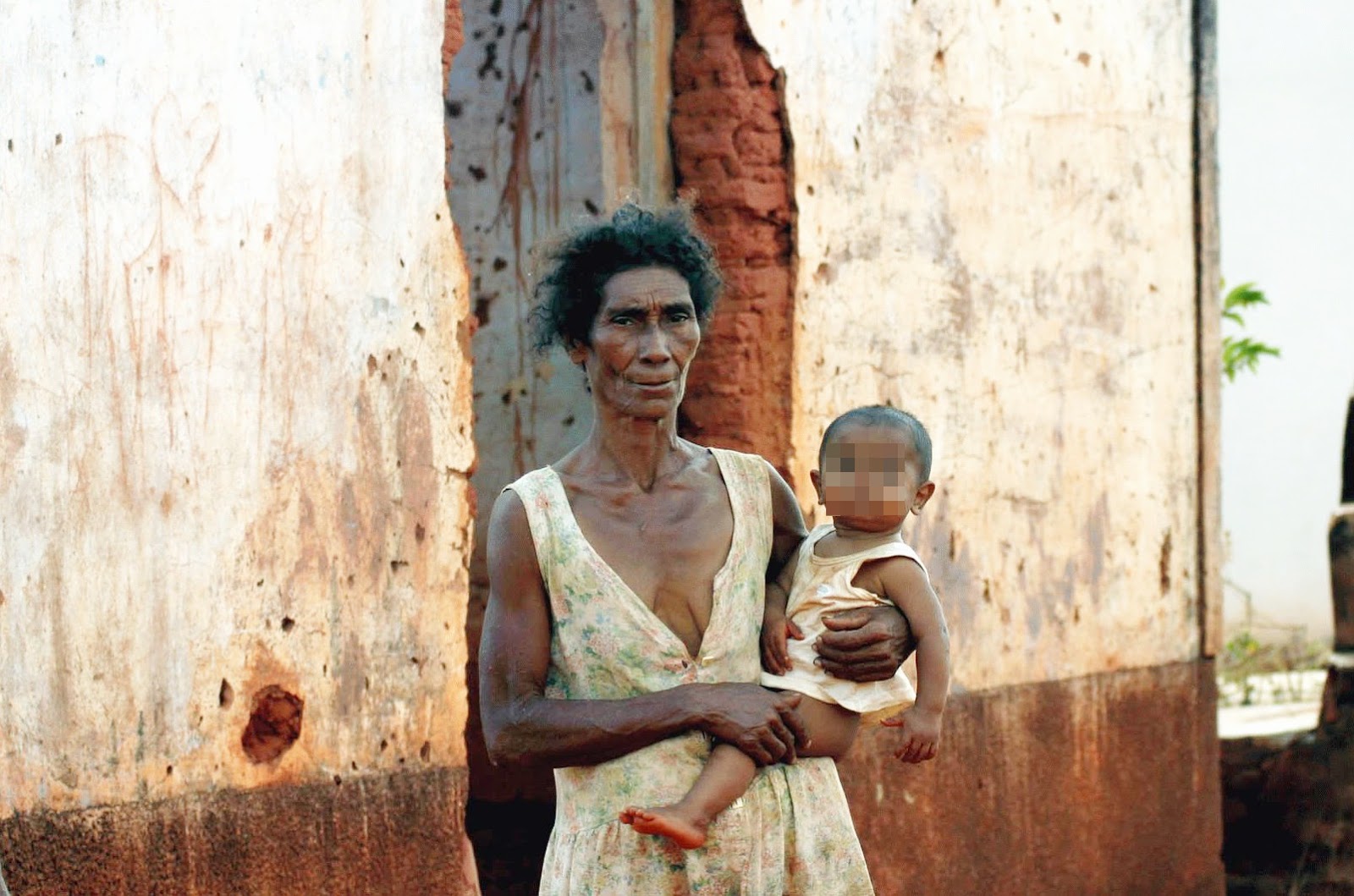Extreme poverty in Brazil has fallen to the lowest level in the historical series that began in 1980.
The World Bank report shows that the country’s rate this year was the steepest decline in Latin America.
Here is the full text of the document.
The percentage of people living below the poverty line was 5.4% of the population in 2019. The rate fell to 1.9% in 2020, a decrease of 3.5 percentage points.
Quantitatively, the number dropped from 11.37 million to 4.14 million Brazilians in the same period.
In other words, 7.23 million were left extreme poverty.

The World Bank considers people who receive up to US$2.15 per day as extremely poor.
In 2020, more people will receive emergency assistance due to the Covid-19 pandemic. The average value of the benefit has increased compared to Bolsa Família.
In 2021 and 2022, the percentage will continue to decrease as more people receive Brazilian aid.
The country in Latin America closest to this reduction was Paraguay, which fell from 1% to 0.8%-a a decrease of 0.2 percentage points.
Brazil was also the Latin American country that reduced extreme poverty the most between 2016 and 2020. It fell by 2.8 percentage points, from 4.7% to 1.9%.
The second most significant decrease was in Bolivia, from 5.6% to 3.1%.
Of the selected countries – the most economically relevant – Colombia has the highest extreme poverty rate, at 10.8%. Peru (5.8%) and Bolivia (3.1%) complete the podium.
Brazil’s percentage is higher than those of Argentina (1.1%), Paraguay (0.8%), and Chile (0.7%).
AID AND FISCAL RESPONSIBILITY
Ecio Costa, an economics professor at UFPE (Federal University of Pernambuco), said that emergency aid and other government benefits are “essential” programs for the population.
According to the analyst, Bolsa Família has helped reduce poverty in Brazil in the 21st century.
But after 2014, with the economic crisis of the Dilma Rousseff (PT, left) government, there was an increase in the rate.
It was 3.3 percent in the year of the petista’s re-election and rose to 5.4 percent in 2019.
“Emergency aid was targeted to the most vulnerable and informal families, who are the target group of Bolsa Família,” he said.
“In 2020, no other factor explains this decrease [in poverty]. On the contrary, it was a period of falling GDP, and cash transfers were the only plausible justifications for it,” he added.
The professor explained that higher inflation in 2021 and 2022 will increase the number of people below the poverty line.
However, he ruled out an expansion to the 2019 level (5.4%) because Brazil’s aid is taken up and is more comprehensive.
He pointed out that the country has improved its figures while Latin America has seen increased rates.
He pointed out that poverty tends to increase in Argentina, and misery has doubled in Colombia.
Ecio said that regardless of the name of the benefit, it is essential that Brazil have cash transfer programs to help the poorest regions.
“It has to be a government program, regardless of which government it is. We can eliminate poverty with cash transfers.
It is also important to be fiscally responsible,” the professor said.
He said that the government causing a deficit in public budgets causes high inflation.
“This is a shot in its own knee. It does not help the poorest sectors of society when inflation is too high and undermines the value of aid,” Ecio said.

